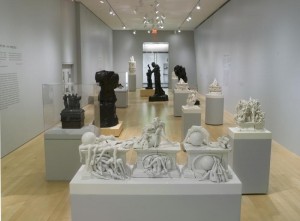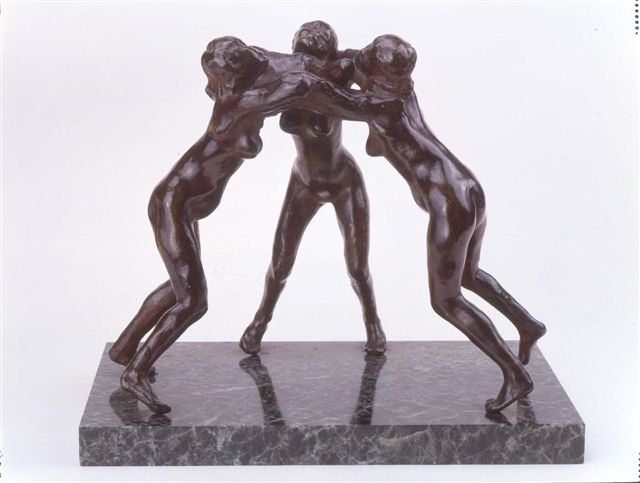“The Thinker” Returns to Stanford and More
The University of Laverne’s Harris Art Gallery is hosting a superb small show of Rodin sculpture. Organized by the Foundation and comprised of works from the collections of both the Foundation and Iris Cantor, the exhibition of 25 Rodin bronzes and two bronze portrait busts of Rodin may be seen at this Southern California university until March 29. Foundation Executive Director Judith Sobol gave a private gallery tour for University VIPs prior to the opening, and reports she is impressed by the exhibition’s beautiful installation – kudos to Gallery Director Dion Johnson! – and cogent small catalogue with its essay by University art historian Jon Leaver. [caption id="attachment_648" align="aligncenter" width="500"] University of Laverne[/caption] The Brooklyn Museum of Art has opened a fascinating exhibition of sculpture by Rachel Kneebone – and by Auguste Rodin. The London-based artist’s large-scale porcelain human forms are paired with 15 iconic Rodins selected by her from the Museum’s collection, all gifts from...






